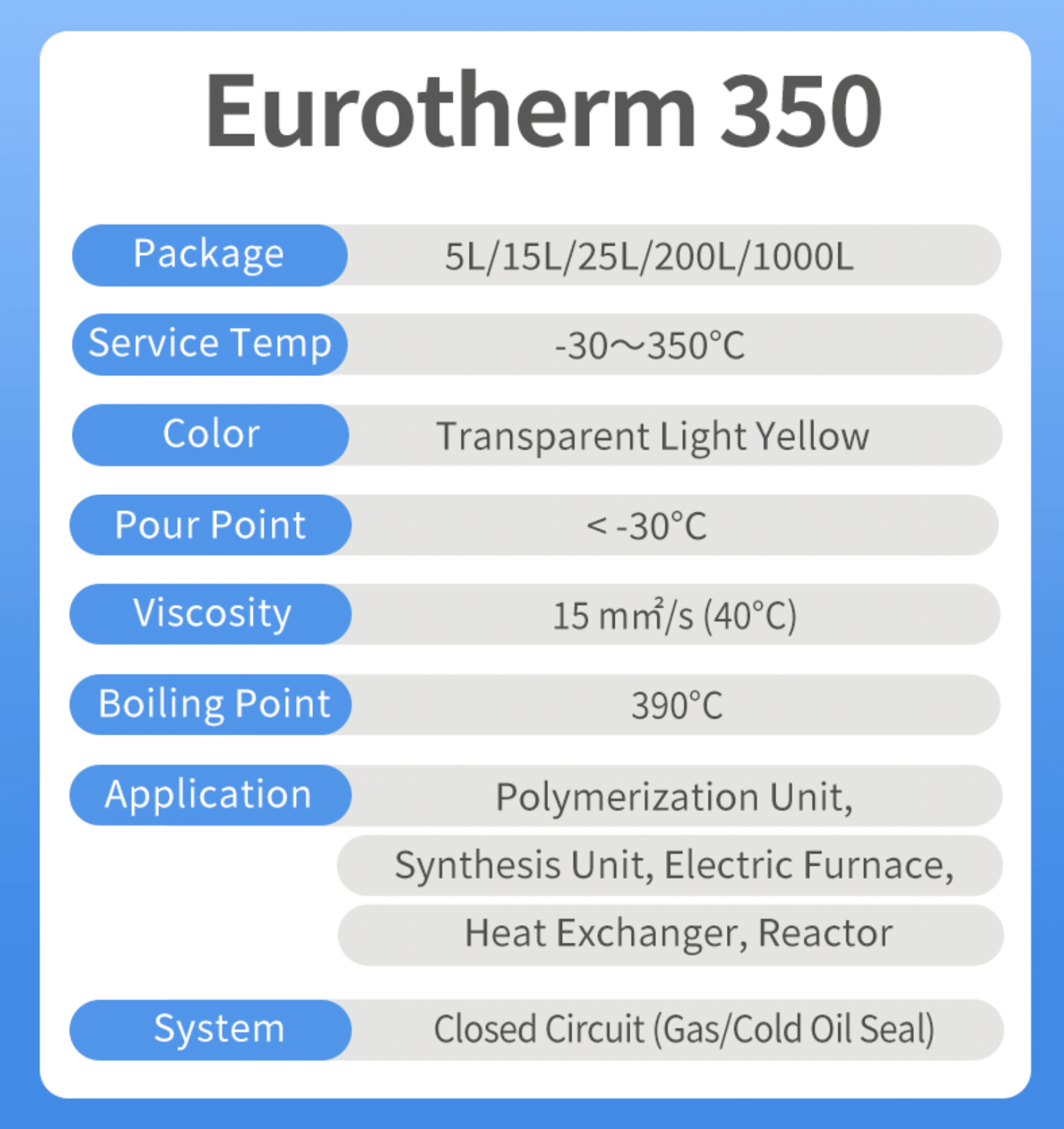The smart Trick of Chemie That Nobody is Talking About
The smart Trick of Chemie That Nobody is Talking About
Blog Article
The Greatest Guide To Chemie
Table of ContentsNot known Details About Chemie Getting The Chemie To Work8 Easy Facts About Chemie ShownThe Ultimate Guide To ChemieChemie Fundamentals ExplainedThe Best Strategy To Use For Chemie
By Bojanna Shantheyanda, Sreya Dutta, Kevin Coscia and David SchiemerDynalene, Inc. Liquid cooling, which can be achieved utilizing indirect or straight methods, is made use of in electronic devices applications having thermal power thickness that might surpass secure dissipation with air cooling. Indirect fluid air conditioning is where warm dissipating electronic parts are literally divided from the fluid coolant, whereas in instance of direct air conditioning, the parts are in direct call with the coolant.However, in indirect air conditioning applications the electrical conductivity can be crucial if there are leaks and/or splilling of the liquids onto the electronics. In the indirect cooling applications where water based fluids with deterioration preventions are normally made use of, the electric conductivity of the liquid coolant generally depends on the ion concentration in the liquid stream.
The boost in the ion concentration in a shut loop fluid stream may occur due to ion seeping from steels and nonmetal parts that the coolant fluid is in contact with. During operation, the electrical conductivity of the fluid might boost to a degree which can be hazardous for the cooling system.
All about Chemie
(https://chemie999.wordpress.com/2025/01/10/discover-chemies-innovative-heat-transfer-solutions/)They are grain like polymers that are capable of exchanging ions with ions in an option that it touches with. In today work, ion leaching tests were performed with numerous metals and polymers in both ultrapure deionized (DI) water, i.e. water which is dealt with to the highest possible levels of purity, and reduced electrical conductive ethylene glycol/water blend, with the measured change in conductivity reported in time.
The samples were enabled to equilibrate at space temperature level for two days prior to recording the preliminary electrical conductivity. In all examinations reported in this research study liquid electrical conductivity was determined to an accuracy of 1% using an Oakton disadvantage 510/CON 6 collection meter which was adjusted before each measurement.
The Chemie Diaries
from the wall surface home heating coils to the facility of the heater. The PTFE sample containers were positioned in the heating system when consistent state temperature levels were reached. The test setup was removed from the heating system every 168 hours (7 days), cooled down to space temperature with the electrical conductivity of the fluid gauged.
The electrical conductivity of the fluid sample was kept track of for an overall of 5000 hours (208 days). Figure 2. Schematic of the indirect closed loophole cooling down experiment set up - immersion cooling liquid. Table 1. Parts used in the indirect closed loop cooling down experiment that touch with the fluid coolant. A schematic of the experimental arrangement is revealed in Number 2.

Fascination About Chemie
The adjustment in liquid electrical conductivity was checked for 136 hours. The liquid from the system was collected and kept.

0.1 g of Dowex material was included in 100g of liquid samples that was absorbed a separate container. The mix was mixed and change in the electric conductivity at area temperature was determined every hour. The determined change in the electric conductivity of the UP-H2O and EG-LC examination fluids containing polymer or steel when immersed for 5,000 hours at 80C is revealed Figure 3.
The Best Strategy To Use For Chemie
Number 3. Ion seeping experiment: Calculated change in electrical conductivity of water and EG-LC coolants containing either polymer or metal samples when immersed for 5,000 hours at 80C. The results show that steels added less ions right into the liquids than plastics in both UP-H2O and EG-LC based coolants. This can be because of a thin metal oxide layer which may work as a barrier to ion leaching and cationic diffusion.
Liquids including polypropylene and HDPE exhibited the lowest electrical conductivity changes. This can be as a result of the short, inflexible, linear chains which are much less most likely to contribute ions than longer branched chains with weaker intermolecular forces. Silicone additionally carried out well in both examination fluids, as polysiloxanes are normally chemically inert because of the high bond energy of the silicon-oxygen bond which would certainly protect against destruction of the product into the liquid.
Facts About Chemie Revealed
It would be anticipated that PVC would certainly create comparable results to those of PTFE and HDPE based upon the similar chemical structures of the materials, nonetheless there might be various other impurities existing in the PVC, such as plasticizers, that may affect the electric conductivity of the liquid - high temperature thermal fluid. In addition, chloride groups in PVC can additionally leach right into the examination liquid and can create a rise in electrical conductivity
Polyurethane entirely degenerated into the test liquid by the end of 5000 hour examination. Prior to and after images of metal and polymer samples immersed for 5,000 hours at 80C in the ion leaching experiment.
Calculated adjustment in the electric conductivity of UP-H2O coolant as a function of time with and without resin cartridge in the shut indirect air conditioning loophole experiment. The determined adjustment in electrical conductivity of the UP-H2O for 136 hours with and without ion exchange material in the loophole is received Figure 5.
Report this page